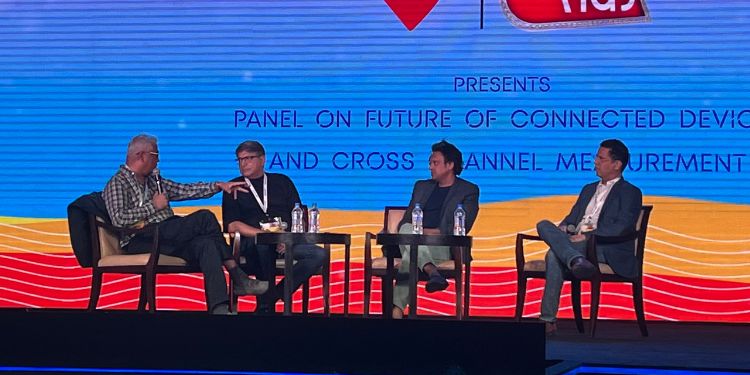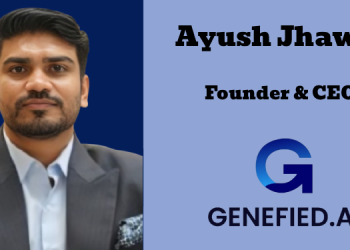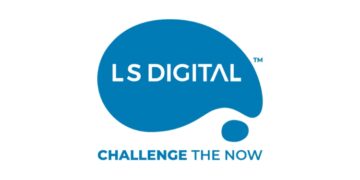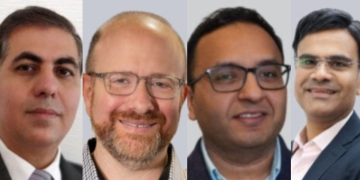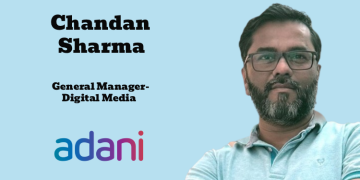What is the point of audience measurement data that is available a week or nine days later? How does it help in planning? Wouldn’t data in real time across connected devices enable better media planning, and also help broadcasters and publishers realise more value?
While those valid points were discussed as the gateways to the future, they will come about only with collaboration across players. That was the consensus at the end of the opening session on day two of Goafest 2023 moderated by Rajdeep Sardesai, Consulting Editor, India Today, on ‘Future of Connected Devices and Cross Channel Measurement.’
The panel comprised Geet Lulla, VP of Sales & Head, Asia Pacific, Comscore; Pankaj Krishna, Founder & CEO, Chrome DM and Salil Kumar, CEO, India Today Group Digital.
The session focused on TV and digital measurement and monetisation challenges on digital, among other factors.
Talking about how audiences are becoming more device-agnostic, Krishna said, “As you move from cable and satellite which was the conventional means of broadcast, to digital, consumption definitely gets device agnostic but depending on the kind of content. If you are watching a match and if you have access to a 50 inch TV versus a 10 inch mobile phone, you’d prefer a TV.”
He cited some statistics on the incremental reach via digital through three channels: browsers (223 mn), mobile devices (619 mn) and connected TVs (22.1 mn).
“As far as measurement is concerned, there are three forms – browsers, mobile phones and connected TVs. All of them are exponentially growing. Practically everyone has a mobile phone and connected TVs are standing at 22 million. So the numbers are exploding,” he added.
Commenting on measurement, Lulla, noted, “The reality today is that we are moving away from the monolithic approach in advertising to a very very fragmented one. The measurement needs to be done very accurately, with high fidelity. You need to do it in a timely manner and need to report it more frequently than monthly, for example.”
Lulla explained how social media in a way is amplifying what is being shown on the devices. He said, “We have multiple datasets. Data, by itself, is meaningless. What you need with data is context and that’s the context that social provides, which some of the traditional means do not. The important thing about all brands, advertisers, marketers, publishers is to heavily look at what the social data is. Today, first-party data is the future, we are not going to be able to use third-party cookies and third-party data for much longer.”
Krishna pointed out statistics that showed that the yield on digital was roughly a third of what a cost per thousand was on television. Kumar concurred that this was in line with the experience of the group.
On how challenging it is to monetise data, Kumar added, “We are constantly seeing CPMs are actually on a decline. What we are seeing on Smart TV or connected devices, the conversation today is more about what series are you watching, it’s not the channel. Your loyalty towards the programme is there and then you find the OTT.”
On a concluding note, the panelists agreed that collaboration was the key and it is only by getting data from all stakeholders can publishers effectively monetise the same.

